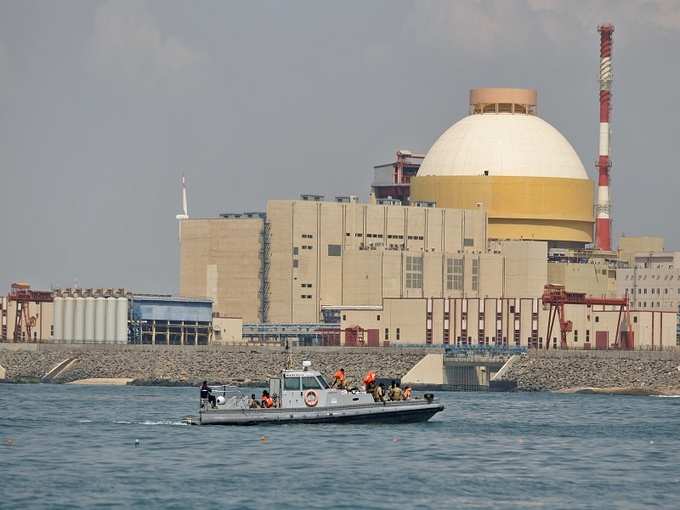
As the second unit of the Kudankulam power plant got synchronised, India's civil nuclear programme touched two landmarks, one being the Kudankulam project turning a page on protests and a legal challenge over its safety parameters in the Supreme Court, and second, India touching the 6,000MW mark in nuclear power.
When the output of Unit II gets scaled up to a full 1,000MW, which is expected in coming two months, India's 22 nuclear power reactors will collectively be able to generate 6,780MW of power. Besides that, the Nuclear Power Corporation of India Limited (
Also read: Westinghouse to relocate planned nuclear plant from Gujarat to Andhra Pradesh
The two 1,000MW nuclear units that were built in collaboration with Russia assistance have made Tamil Nadu the highest consumer of nuclear power on a daily basis. Both these plants are also going to the last nuclear units in India that built with foreign collaboration, not attracting the liability clause that is legislated after the
Also read: Kudankulam plant in Tamil Nadu won’t have the same fate as Fukushima, say its Russian builders
The coming 6-12 months will see two indigenous reactors in Rajasthan and Kakrapar (Gujarat). However, not all of India's 22 nuclear reactors are able to work as per their capacity. "A total of 14 reactors are under International Atomic Energy Agency safeguards. Only these reactors are eligible to use imported nuclear fuel and are currently operational. The plant load factor (PLF) of these reactors is around 90%," a former Atomic Energy Commission chief told ET.
Image source